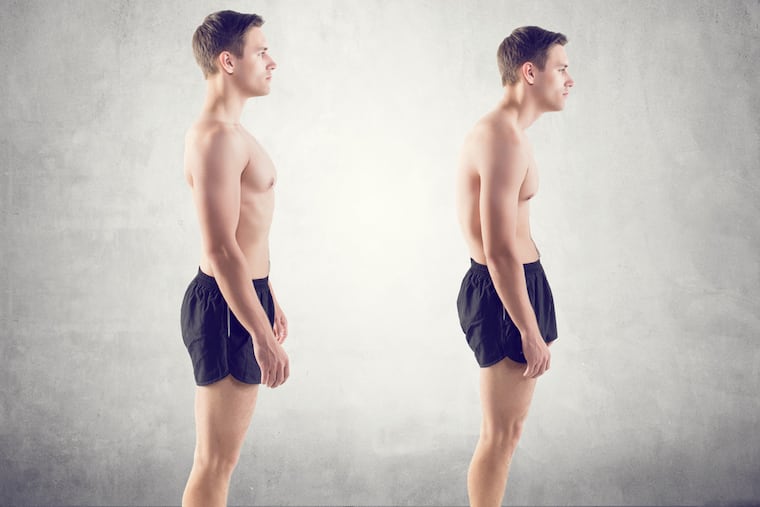Here’s why good posture is so important
I have vivid memories of various adults in my life telling me to fix my posture while I was growing up. But among the all-too-familiar calls to sit up straight and keep your shoulders back, I can’t say I recall anyone giving me an actual reason.

I have vivid memories of various adults in my life telling me to fix my posture while I was growing up, I’m sure most of us do. But among the all-too-familiar calls to sit up straight and keep your shoulders back, I can’t say I recall anyone giving me an actual reason — and I can only imagine that the reasons would’ve felt unimportant to me at that time if I knew them.
This remained true until my mid-twenties when I decided to become a physical therapist assistant. Now, eight years of experience later, I find that I’m the one pointing my finger and asking others to consider their posture. Not only do I understand the reason intellectually, but I’ve lived it experientially — maybe you have too.
Posture is a driving force in many common aches and pains. As a clinician, I would make the case that all pain is unique but understanding the common mechanical factors that underlie our symptoms is a crucial component in fixing them.
There is a type of pain that likes to rear its head often – it’s called insidious and it means there is no specific moment the injury occurred, nor an immediately identifiable cause. Most of the time when insidious pain is assessed, imbalances in muscle strength can be found around the affected joint and provide a mechanical explanation for the symptom. These imbalances might not be a big enough problem for the body to handle at first (especially when we are young and our bodies are in their prime), but eventually, they show themselves - and a lot of the time it can seem like it came out of nowhere. Posture can be used as a tool to adequately address some of the underlying causes for a vast majority of imbalances that are linked to everything from neck pain to low back, hip and knee pain.
The health of our musculoskeletal system depends on a fine balance between different muscle groups, and the recipe for that balance can be found when we look back at the ways our ancestors lived. Looking back at our 200,000-year history, humans lived as hunter/gatherers for about 90% of that time - this means that the physical demands on our bodies were much different than that of today. The slow and steady advancement of technologies has drastically changed the way we use our bodies. The first major changes in our lifestyle occurred when humans invented agriculture. Another shift took place during the Industrial Revolution with machines and mass production. Now, we have arrived at the digital age. Our current body structure evolved to fulfill a role that was consistent for thousands of years, only to change quite drastically in the last 200 years. If we think of the issue of postural dysfunction as a mismatch between a tool (our bodies) and a function (modern life) it may provide for us a framework around which we can make changes.
Habitually placing muscles in disadvantageous positions, such as hunching over a desk for eight hours a day, often creates muscle imbalances that are likely to contribute to insidious aches. Your aches didn’t manifest out of nothing, they came from not listening to our elders. So sit up straight and keep those shoulders back. Not only will you honor the way our ancestors held their bodies, but you’ll likely avoid insidious aches and pains. Getting to the gym and exercising can feel so unnatural - and that’s because it is. Our ancestors didn’t need a gym, they were working out to live. Reminding ourselves where we all came from might motivate us to honor the ways in which our bodies were built to move.
Todd O’Leary, PTA, is an advanced clinician at Jefferson Rehabilitation.